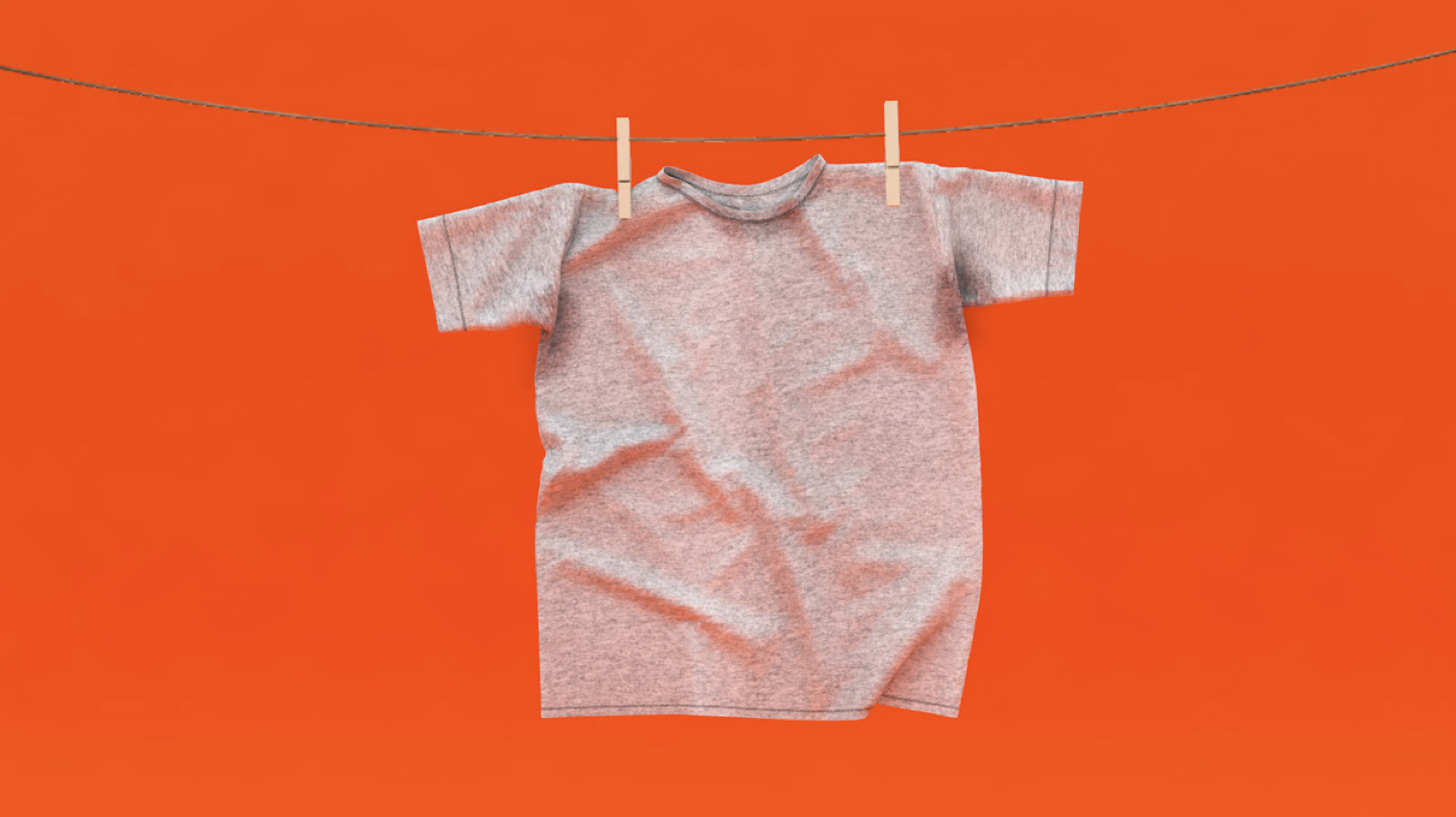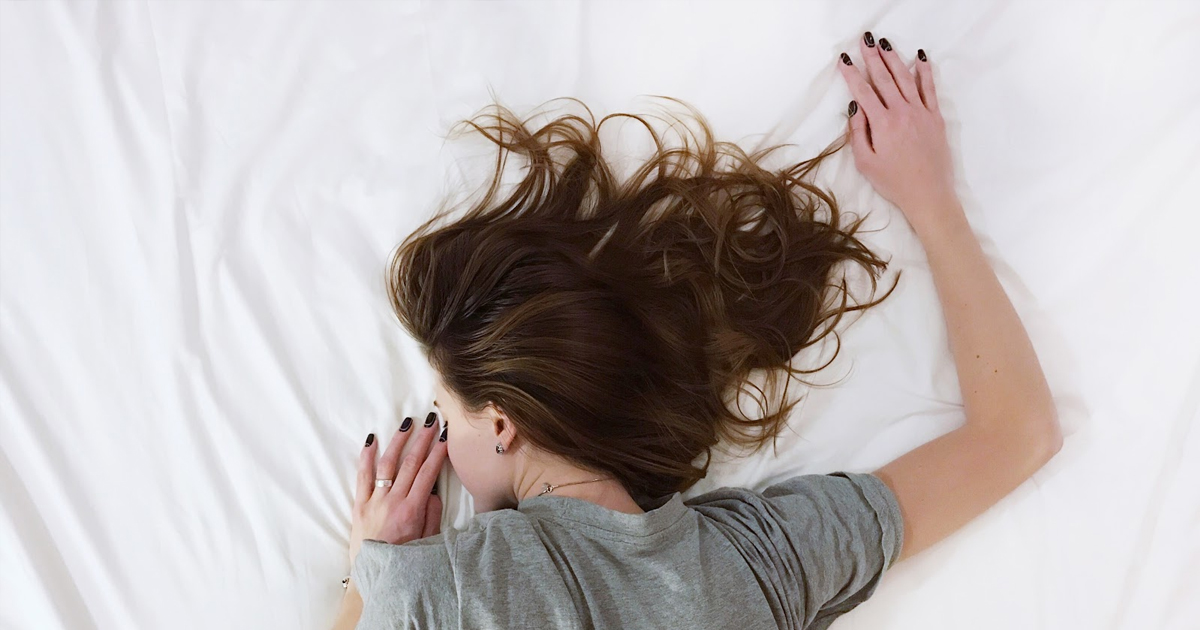Napping isn’t just for toddlers anymore.
From Spain’s siestas to Italy’s riposo, people have been taking mid-day naps for centuries. And slowly but surely, the U.S. is catching on.
Just in the last few years, napping at work has become an integral part of company culture. Google, Uber, and Zappos have jumped on the napwagon, offering nap rooms to help employees feel better and be more productive. With company-sponsored snoozing on the rise, we can’t help but wonder: where did this all begin?
Some point to 2007, when Arianna Huffington, co-founder, president, and editor-in-chief of Huffington Post, collapsed from fatigue. She then made a commitment to improve her health by improving her sleep and created a revolution to help others do the same. Her mission? To eliminate the stigma associated with sleeping at work. She tells the Post, “Having a nap in the middle of the afternoon is actually a performance-enhancing tool.”
And she’s not wrong. According to the National Sleep Foundation, a short 20 to 30 minute nap can help to improve mood, alertness, and performance. With fatigue in the workplace costing the U.S. almost $411 billion annually, it’s only natural that companies and their employees are becoming more sleep conscious. Turns out, they both benefit from sleeping on the job.
We think Ariana’s onto something. The secret to success? More sleep. Here’s how you get yours, no matter how chaotic your job gets.
Exercise your right to snooze
This past April, David Lloyd Clubs introduced “Napercise” classes in England. Huffington Post calls it the new workout of your dreams, and rightly so. Each participant gets a single bed, blanket, and eye mask, and sleeps for 45 minutes inside an exercise studio. Sleep sessions are designed to reinvigorate the mind and body, and even burn calories, according to their website.
The club collaborated with sleep expert Kathryn Pinkham on the project. “When we are sleep deprived we lack the energy to exercise regularly and also the mental clarity to make good decisions about the food we eat, which could negatively impact our physical health in the long-run,” she tells The Independent.
And the trend has hit the States. But rather than napping in bed, you get a hammock — and some yoga poses — instead. Known as AntiGravity Cocooning, these classes can be found in NYC, San Francisco, and L.A.
Sometimes a midnight snack is just the
Nap in the City
Known for high fashion, culture, and all things glamorous, New York has added luxury power napping to the list. Pay-by-the-hour hotels have been around since 2007, but it’s only been in the past few years that napping on-the-go has become a trend. That may be because nap hotels aren’t just for lovers. They’re a much-needed respite for busy commuters, exhausted travelers, and even nursing mothers to recharge.
In 2015, Dayuse created an app for people to book boutique hotels by the hour. And earlier this year, Recharge partnered with 16 New York hotels to offer fancy rooms for $1 a minute.
Not to be outdone on the napping trend, Siesta and Go opened in Madrid earlier this year for bankers, consultants, and entrepreneurs to catch some quick z’s before returning to the daily grind.
Sleep at work
Talking to Tomorrow Magazine for a story about the proliferation of office nap pods, Sleep Box CEO, Mikhail Krymov, revealed that companies are beginning to see the nap trend “as part of their wellness programs.”
Specifically designed for napping in the workplace, sleep pods provide a cozy, isolated environment with a futuristic look and feel. Already found in offices of many leading tech companies, Krymoz predicts nap pods will enter more traditional workspaces, like government and law offices, in the future.
Rest for miles
Jet lag, long flights, and layovers leave most travelers cranky, tired, and desperate. Though your journey may not leave you stranded a la Tom Hanks in The Terminal, it’s always nice to recuperate while en route to your next destination.
In Japan, Nine Hours hotel turned that dream into reality with their by-the-hour nap rooms at the airport. In Dubai, SnoozeCube gives weary travelers a box-sized, soundproof room to lay their heads, and a wake-up call so they don’t miss their connecting flight. And if you’re looking to splurge, London’s Heathrow Airport provides capsule hotels, where you can bask in your own private bedroom and en-suite bathroom.
With sleep pods and capsules no longer far-off futuristic ideas, are office sensory deprivation tanks next? We can only dream.
Sometimes a midnight snack is just the thing you need for a good night’s sleep.
But before you indulge, check out
Supima Cotton Sheets – The Highest Quality Of Cotton Sheets
Not all cotton is created equal but Supima cotton sheets remain
Night sweats are the pits. If you’ve ever abruptly woken up drenched in sweat, then you may be part of
Our bodies crave restorative, uninterrupted sleep.
Good sleep habits and a mattress to match can help you achieve a better night’s




